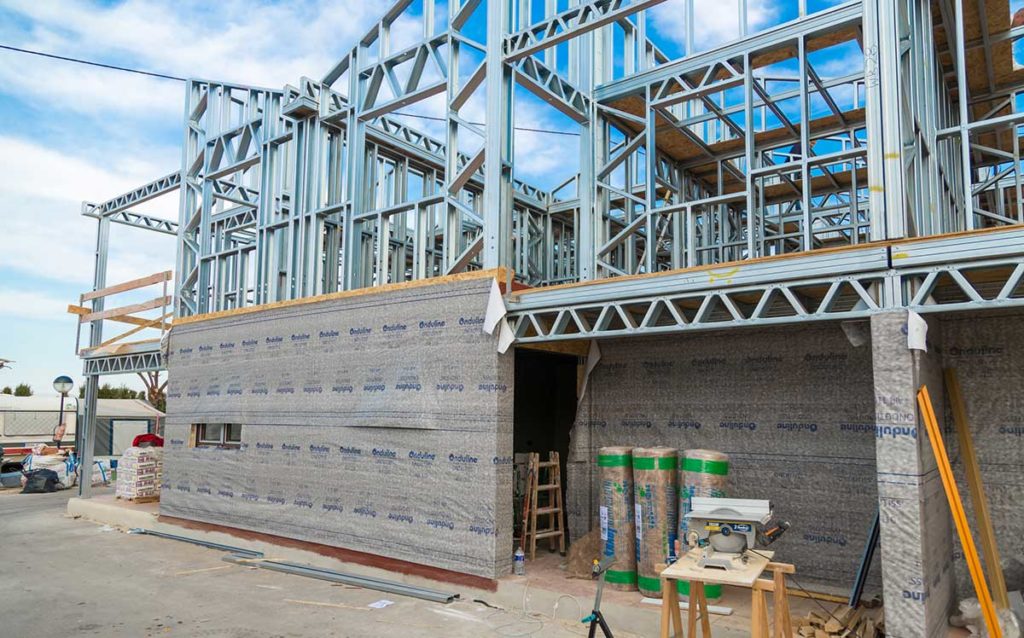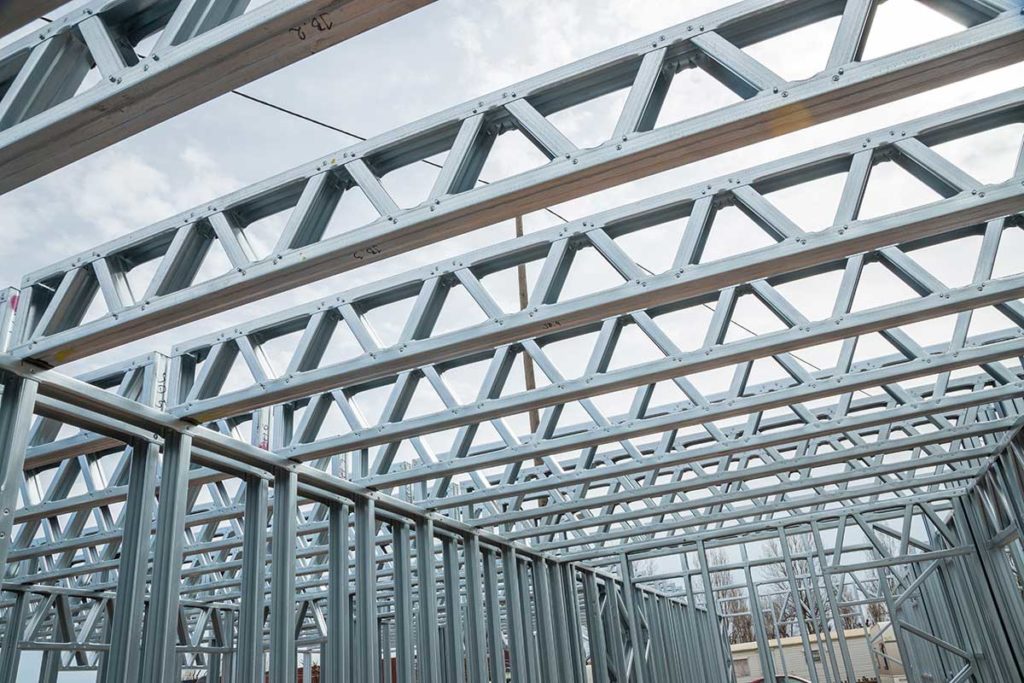WHY COLD FORMED STEEL IS INCREASING POPULARITY AND WILL BECOME THE PREFERRED METHOD OF CONSTRUCTION
The advantages of this system compared to concrete and wood are basically speed, effective profitability, acoustic and energy efficiency, ease of planning and the perfect results that are achieved with ease of execution, avoiding errors and deviations.
“Light Steel Framing”, a light cold-formed steel system, has existed since 1850. However, it was not until a few years ago, thanks to technology, improvements in the calculation capabilities for its structural justification and above all thanks to the possibilities of industrializing manufacturing, when this system has exploded, becoming a world reference in construction.

Its benefits include the shortening in the execution phases, the possibilities of scaling the manufacturing and the reduction of the construction process cycles. In addition, the low number of waste that is generated, the best execution results and cost efficiency, make this system the leading system when it comes to being selected by many architects.
PROFITABLE
Although in some types of construction the cost of structural materials may be higher than those used in conventional systems, in reality a general saving is achieved in the project. This saving is motivated by lower labor costs, personnel not specially qualified due to the simplicity of installation, lower total building weights that mean savings in other items such as, for example, savings in the foundations.
FAST
Much of the time savings of the total construction is achieved in the structural phase. The fabrication is carried out while working on the adaptation of the terrain and the foundation / slab. Once manufactured, it is taken directly to the job site and the installation is very simple and fast. In this phase, the cold-formed steel system is 10 times faster than conventional systems. Therefore, this time saved in the beginning can be used to execute other items of the project.
As an addition to the initial time savings, it is important to mention that by not having a place for human error in the installation on site, a lot of lost time and delays are avoided. You avoid having to re-measure, you avoid having to adapt and correct on site, and the execution of several games at the same time overlaps (unthinkable with conventional systems).
LIGHT
Whether we are talking about the moment of manufacture, the moment of material handling or the moment of installation, lightness is a key element in this system.
When manufacturing, no specific machinery is needed to move materials. This factor shortens manufacturing times and reduces the number of labor required in the process.
During transport, its lightness reduces transport costs since it allows to take advantage of the transport space of trucks or containers.
Finally, at the time of assembly, its lightness facilitates installation, requiring few human resources and very few lifting mechanics.
DESIGN – FLEXIBILITY
It allows great design freedom. The architects can create the spaces freely and the system takes care of reproducing them exactly.
Whether we are talking about skyscrapers, industrial buildings, offices, public buildings, single-family homes or residential buildings, the system fits for its versatility when it comes to being able to adapt and coexist with conventional systems such as concrete or rolled steel.
Cold rolled steel, in combination with concrete and / or rolled steel, is a powerful solution for building applications at different heights. It works very well also for lifts of new heights on buildings built for its lightness and ease of execution.

